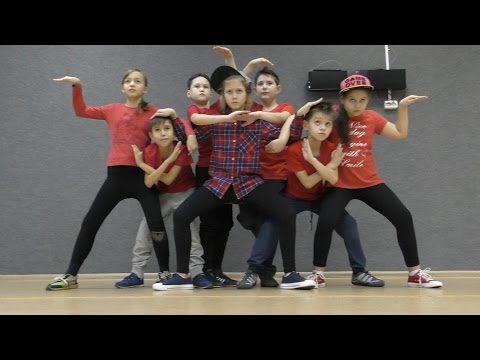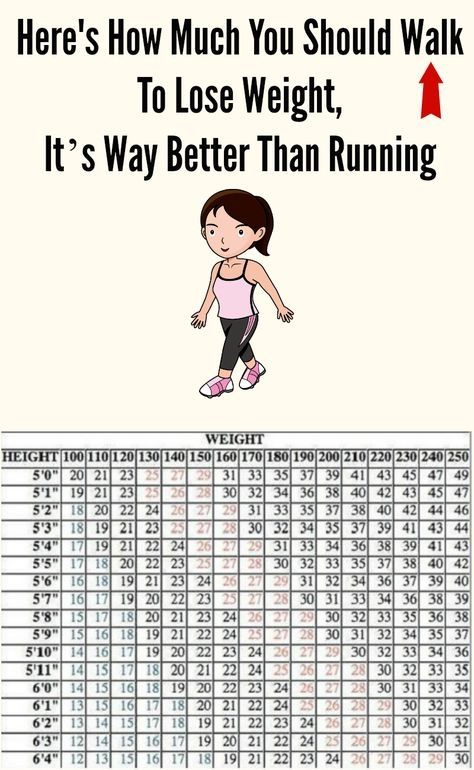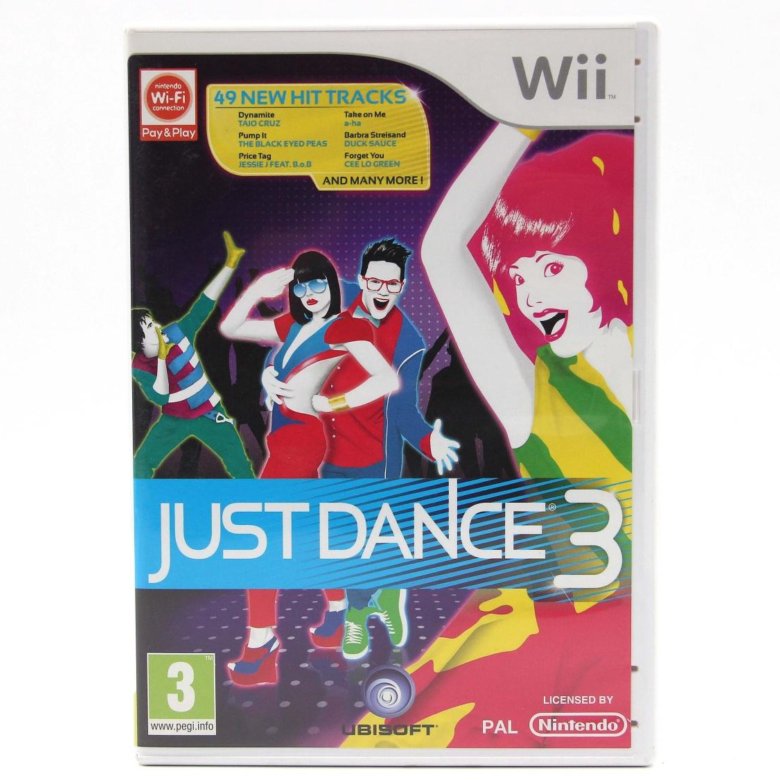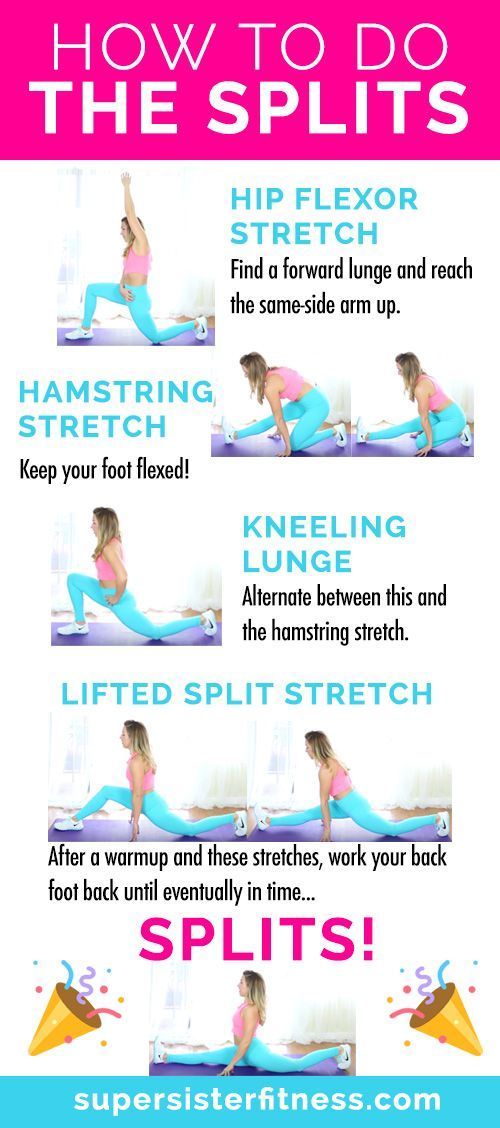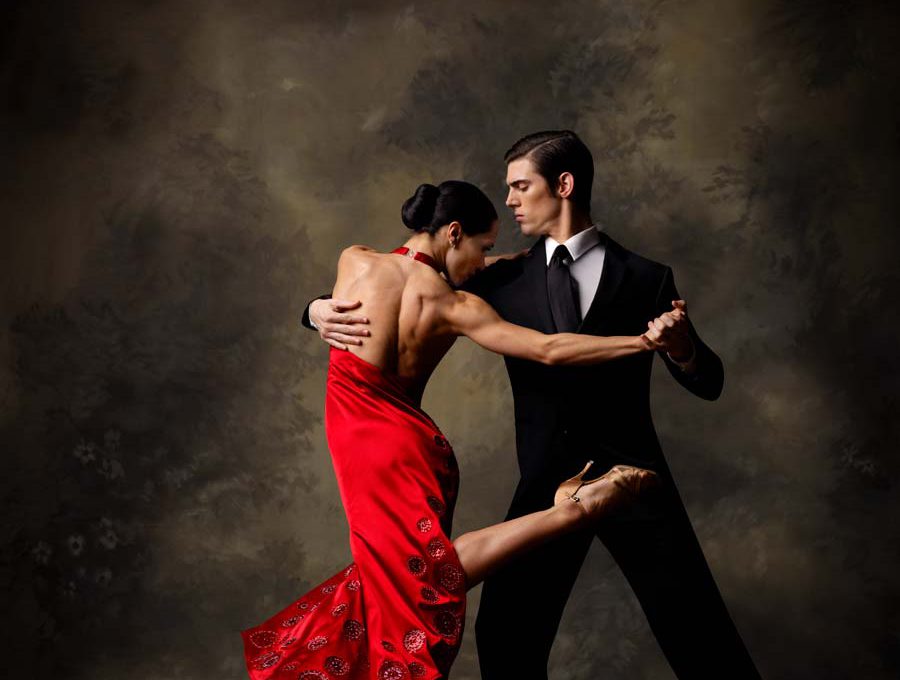How does dancing affect your heart rate
Health & Wellness Fridays: Heartbeat Dance Party
Have you ever felt a thumping feeling in your chest after playing your favorite sport or game? That’s your heart pounding. Your heart is a muscle that sends blood through your arteries to provide oxygen and nutrients to the rest of your body. When you’re active, like when you run, jump, dance, or climb, your heart beats faster because the rest of your muscles need more oxygen than normal! The sound of your heartbeat thumping away is the sound of your heart making sure your body has enough oxygen to keep on running, jumping, dancing, and climbing.
The arteries that are closest to the skin are known as pulse points. That’s because it’s easy to find and measure your pulse there. Two of the easiest pulse points are on your wrist and on your neck. Today, we’re going to get our heart pumping, then learn how to measure our heart rate. Get ready for a heartbeat dance party!
Note: The average heart rate for a child is 90 beats per minute when not exercising. During exercise, their heart rate may increase to between 120 and 220 beats per minute.
Materials & Instructions
Stopwatch or timer – try using the one on your phone!
Paper
Something to write with
Good dance music (see kid-friendly playlist below)
STEP 1: Get comfortable! Sit down and take a few deep breaths. You’re about to take your starting pulse. Place two fingers either on your neck under the jaw or on your wrist near the bottom of your thumb. Can you feel your pulse? Grownups, you may need to help with this step.
STEP 2: Set a timer for 15 seconds (or have your stopwatch run for 15 seconds) and count how many times your heart beats within those 15 seconds. Multiple the number of times your heartbeat by 4. Grownups, you may need to help with multiplication. This is your resting heart rate. Your body doesn’t need extra oxygen right now.
Grownups, you may need to help with multiplication. This is your resting heart rate. Your body doesn’t need extra oxygen right now.
STEP 3: It’s time to dance! Turn on some catchy tunes and dance your heart out for a few minutes. Jump, run, kick, breakdance, wave your arms, wiggle your nose. Get that heart rate pumping! Once you’re done, take your pulse again. This is your heart rate after exercising.
STEP 4: Do some stretches, take some deep breaths, or sit quietly for a few minutes. After you feel your heart rate slow down, measure your pulse again. How has it changed?
For older children, help them create a simple graph of how their heart rate changed with movement like the one shown here. Use the vertical line to represent heart rate; use the horizontal line to label the different steps we tried today – your resting heart rate, your heart rate after exercising, and your final heart rate.
Resources: heart.org | kidshealth. org
org
Vocab Words
Heart: A muscle that pumps blood through your arteries so that your body gets the oxygen and nutrients it needs.
Arteries: Arteries are tubes that carry blood from the heart to all parts of the body.
Pulse: Your pulse is the thump you feel from the blood flowing through your artery. Because the speed of your heartbeat determines how fast the blood flows through your artery, measuring the thump of your pulse is the same as measuring your heart rate!
Heart Rate: How fast or slow your heart is moving.
Heart Rate Zones | Everything You Need to Know
fitness Nov 05, 2020
Often, when we consider a dancer to be physically fit, we’re impressed by how they can get through a full performance without any signs of slowing down or dropping off at the end.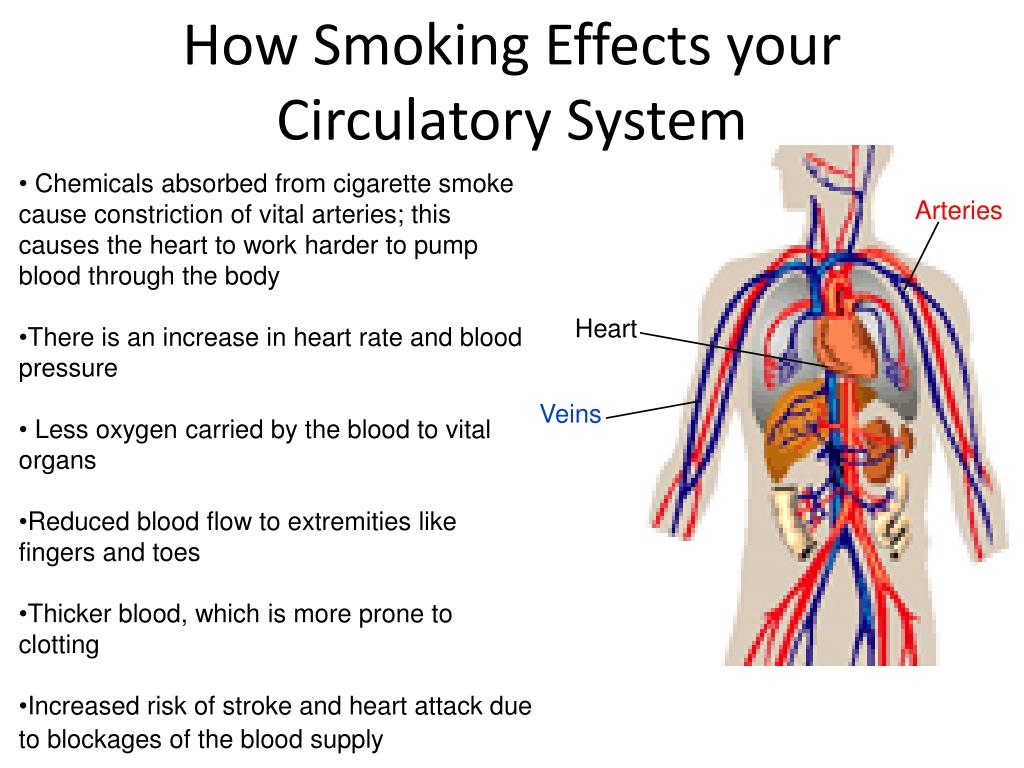
How is it possible to maintain such speed, sharpness, and power? And more importantly, how can you train your fitness so that you can achieve the same thing for yourself?
This is where heart rate training comes in.
Heart rate training is a great way for you to not only train hard but also to train smart. When it comes to dance training it's not enough just to work out, because we must workout in the specific type of exercise that is directly going to improve the type of fitness that we need for stage (no point training for a marathon if you're going to sprint right?).
On top of this, your heart rate doesn’t lie and is a great indicator of how hard you are willing to work. So you may think you're working hard, but if your heart rate is telling a different story then when you’re on stage you are not going to be able to sustain that speed because you have skipped over the hard training sessions that you needed to do to get accustomed to it.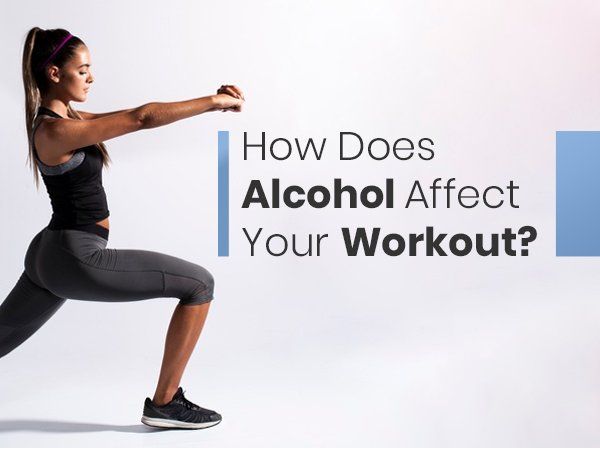
But don’t worry. You’re not too late!
Today, we’re sharing everything you need to know about heart rate zones and how it relates to your dance fitness. Taking advantage of each of these zones can help you improve your performance and bring your dancing to the next level.
Why Should You Focus on Heart Rate Zones?
It’s well understood that the best training routines vary each workout in terms of frequency, duration, and intensity. Switching things up is one of the best ways to keep your fitness high without hitting any plateaus.
- Frequency refers to how OFTEN you dance or workout.
- Duration refers to how LONG you dance or workout for.
- Intensity refers to how HARD you’re working.
As a dancer, it is easy to know how often you have gone to class (frequency) or how long you stayed for (duration) but the only way we know how intense the training was is by how you feel after it, which only you know if you have worked to the best of your ability.
Looking at your heart rate gives you a second way to measure how hard you’ve worked, especially during those fitness-based classes our outdoor fitness training that you may (should) be doing outside of class and holds you accountable more than you would without it.
As your classes and training vary depending on what you are working on for that week (such as technique or learning new steps) so too will your heart rate depending on the difficulty level and duration.
The Five Heart Rate Zones
We all have a resting heart rate that’s unique to us. We also have a maximum heart rate when we’re pushing it to the edge. Between these rates is where you’ll find your heart rate zones. You might also think of heart rate zones as percentages of your maximum heart rate.
In other words, your heart rate zones are essentially aerobic and anaerobic thresholds. How much can you take? or how long can you take it for? This is what looking at your heart rate can tell us.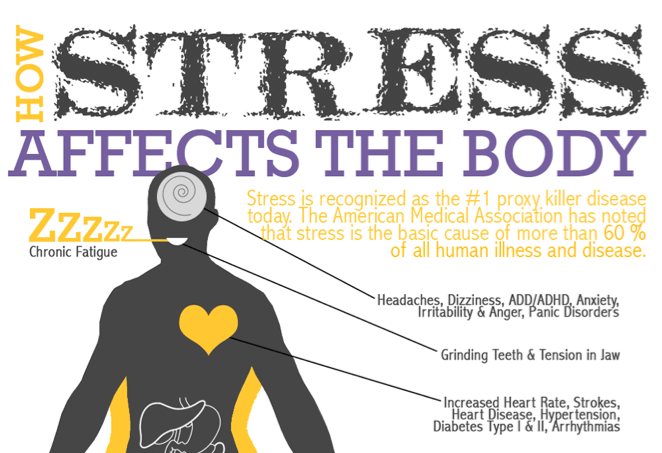
What are the five heart rate zones?
Each zone corresponds to an intensity level and percentage of your maximum effort:
- Zone 1 = Very light intensity at 50-60% of max heart rate
- Zone 2 = Light intensity at 60-70% of max heart rate
- Zone 3 = Moderate intensity at 70-80% of max heart rate
- Zone 4 = Hard intensity at 80-90% of max heart rate
- Zone 5 = Maximum intensity at 90-100% of max heart rate
Your training should include sessions within each of these five heart rate zones.
Heart Rate Zone 1: 50-60%
Zone 1 is very light activity. This is great for your active recovery days for things like walking, stretching, along with rehab work for any injury you might be coming back from.
Heart Rate Zone 2: 60-70%
Light intensity exercises such as light jogging and learning new steps.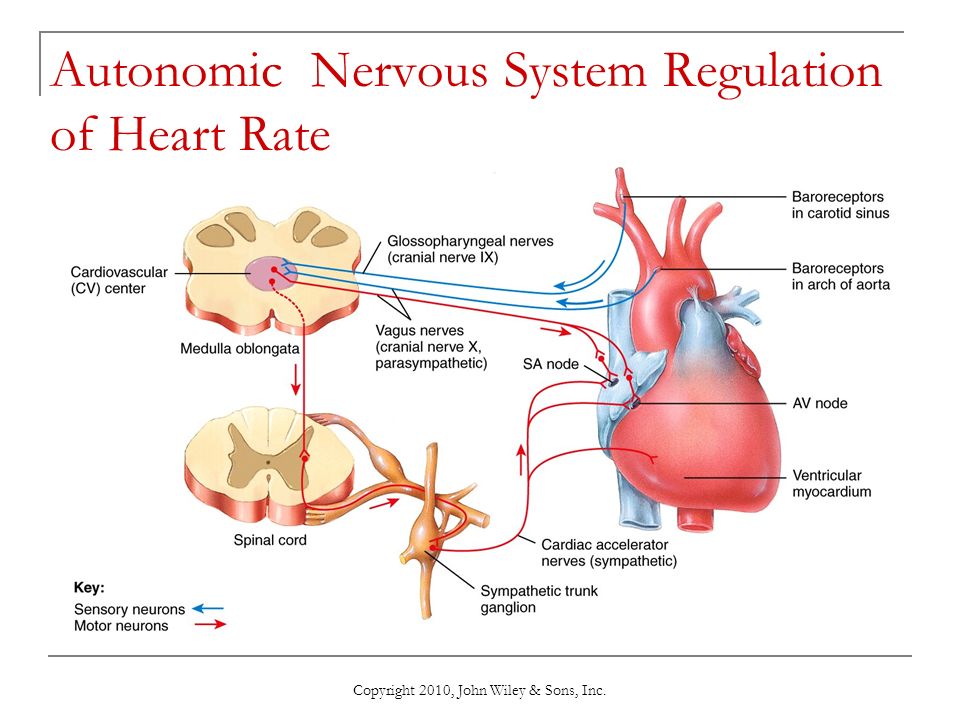 You should be able to perform these exercises for longer durations. This heart rate zone improves oxidization which means burning fat, better low-level endurance, and better technical skills.
You should be able to perform these exercises for longer durations. This heart rate zone improves oxidization which means burning fat, better low-level endurance, and better technical skills.
Heart Rate Zone 3: 70-80%
Zone 3 is perfect for our off-season training. It allows you to develop that solid foundation and get aerobically fit through longer cardio-based running improving your heart, lungs, and recovery functions.
Heart Rate Zone 4: 80-90%
Zone 4 is best for our pre-season training because it develops the speed endurance that we require on stage. You have to move fast enough to achieve this zone but maintain it long enough to last full stage timing meaning we can replicate the speed and ‘lactate’ acid heavy leg feeling that we will get on stage!
Heart Rate Zone 5: 90-100%
This zone is reserved for our in-season training where speed, sharpness, and power are the ultimate focus of our training preparing us to step on stage.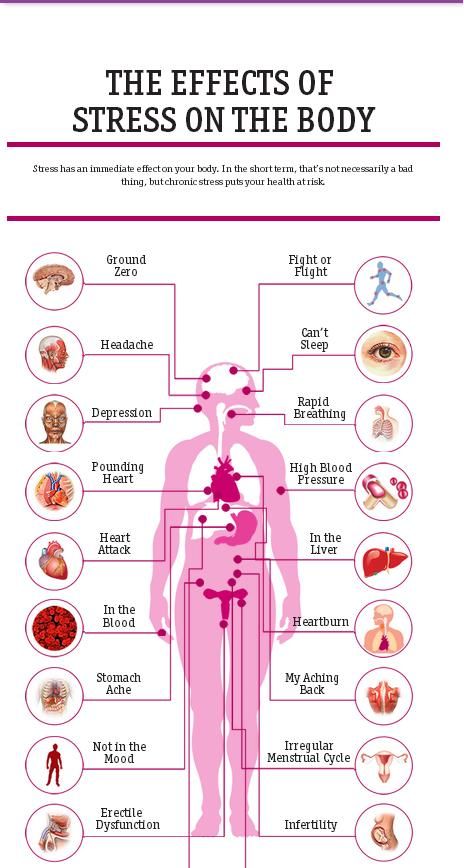 As we are in the red zone here this heart rate zone is so intense that you’ll only be able to perform at this level for up to a couple of minutes before requiring a longer break and so it’s best placed where we want to perform at our best before taking a rest after the majors are done.
As we are in the red zone here this heart rate zone is so intense that you’ll only be able to perform at this level for up to a couple of minutes before requiring a longer break and so it’s best placed where we want to perform at our best before taking a rest after the majors are done.
How to Calculate Your Heart Rate Zone
Now that you have an understanding of what heart rate zones are, it’s important to understand how to calculate your personal heart rate zones. This starts by knowing your maximum heart rate.
Your maximum heart rate is the beats per minute (bpm) of your heart when you’re pushing yourself to the limit. You’ll be puffed, sweating, and totally spent after reaching max effort and finding your maximum heart rate.
It should also be noted that your maximum heart rate might fluctuate as your fitness increases or as you age and your body changes. Stress and certain medications can affect your heart rate too.
A common starting point for calculating your maximum heart rate is subtracting 220 minus your age. For example, if you’re 19 years old, an estimation of your maximum heart rate would be 220 - 19 = 201 bpm. Again, this number is just an estimation but a decent starting point.
However, dancers are generally more fit than the population at large. So, if you want a more accurate calculation for your maximum heart rate, it’s best to get out there and test it!
How to Use Your Heart Rate Zone in Fitness Training
When it comes to dance training, learning your steps early in the year and then increasing the effort level in class with those steps will allow you to naturally increase your heart rate as you come closer to the competition.
When it comes to fitness training starting with some light jogging far out from a competition and increasing the speed/reducing the distance as you get closer will allow you to naturally increase the heart rate as you come closer to the competition too.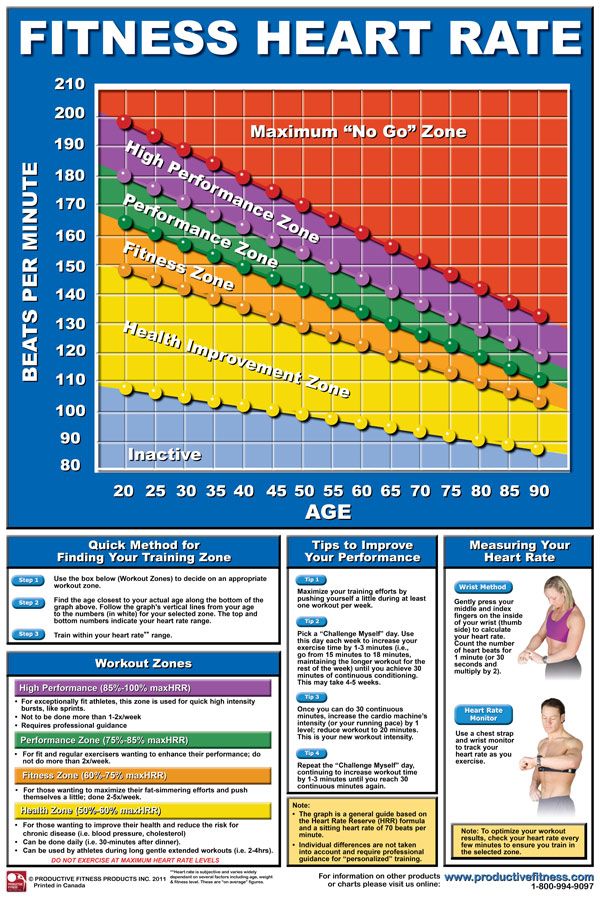
This is a simple method and great for beginners and those who are new to this type of training.
For those dancers that already have that base level of fitness and practice then we can get more specific about the type of training we include so that we can continue to keep progressing each year.
On the RNH on-demand platform we have several programs that will take you through this tiger level type of training. The 6-month RNH senior academy follows strict heart rate training across all 3 phases of training, and the RNH Junior Academy and RNH outdoor will follow the same pattern but is more suitable for younger aged dancers too.
Heart rate training may sound complicated but it can actually be quite simple. By working up the heart rate to higher zones the closer you get to a competition it can be very very beneficial for all Irish dancers, especially those who struggle to go the distance at speed on stage!
Grab a monitor and give it a try!
Sports dancing as a health-saving technology in the educational space
References:
Fokina, E. M. Sports dances as a health-saving technology in the educational space / E. M. Fokina. - Text: direct // Young scientist. - 2014. - No. 9 (68). - S. 71-73. — URL: https://moluch.ru/archive/68/11690/ (date of access: 12/19/2022).
M. Sports dances as a health-saving technology in the educational space / E. M. Fokina. - Text: direct // Young scientist. - 2014. - No. 9 (68). - S. 71-73. — URL: https://moluch.ru/archive/68/11690/ (date of access: 12/19/2022).
The topic of health and education is very relevant in modern society, because our current or future children will definitely go to school and receive not only knowledge, but, perhaps, if we do not take care of it now, many diseases, starting with myopia and ending with gastritis. The situation, in principle, is clear: every year the health of our children is getting worse and worse, although the problem of deteriorating health is relevant in modern research, the situation in Russia as a whole is not improving. nine0009
The Institute of Developmental Physiology of the Russian Academy of Education conducted a study: what diseases are most typical for school age and what is the dynamics of their development. The surveys were carried out in 540 schools in 29 regions of Russia.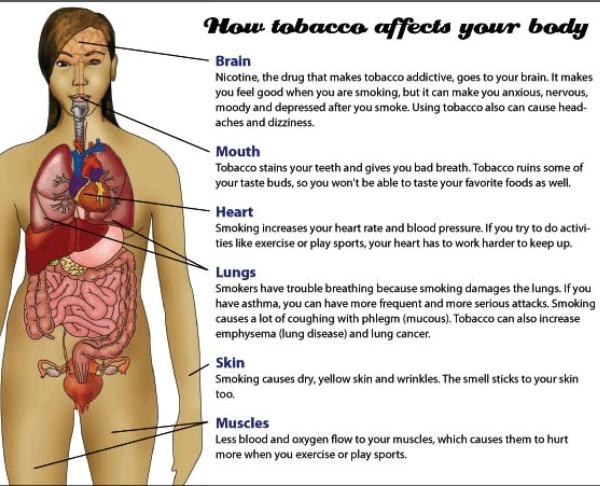 What are the results? From the first to the eleventh grade, the number of children with diseases of the cardiovascular and digestive systems, organs of vision and hearing increases by 2 times, and the endocrine system by 5 times. The rating assessment of chronic diseases showed that caries comes first in the first class, and in the eleventh class - a violation of the musculoskeletal system [3]. The state of health of a child in Russia, from the last century to the present, is of great concern. The reasons for this concern are as follows [1]. First, school risk factors are surprisingly “tenacious,” hard to manage. The problem did not arise today; experts started talking about school illnesses as early as 1774. The health of children in Russia has never been called prosperous, and today the state of health of our children does not give any grounds for reassurance. Secondly, at the beginning of the last century, the school and the state assumed responsibility for the health of children, thereby removing this responsibility from parents and from society; It was the school that was supposed to ensure a healthy lifestyle.
What are the results? From the first to the eleventh grade, the number of children with diseases of the cardiovascular and digestive systems, organs of vision and hearing increases by 2 times, and the endocrine system by 5 times. The rating assessment of chronic diseases showed that caries comes first in the first class, and in the eleventh class - a violation of the musculoskeletal system [3]. The state of health of a child in Russia, from the last century to the present, is of great concern. The reasons for this concern are as follows [1]. First, school risk factors are surprisingly “tenacious,” hard to manage. The problem did not arise today; experts started talking about school illnesses as early as 1774. The health of children in Russia has never been called prosperous, and today the state of health of our children does not give any grounds for reassurance. Secondly, at the beginning of the last century, the school and the state assumed responsibility for the health of children, thereby removing this responsibility from parents and from society; It was the school that was supposed to ensure a healthy lifestyle.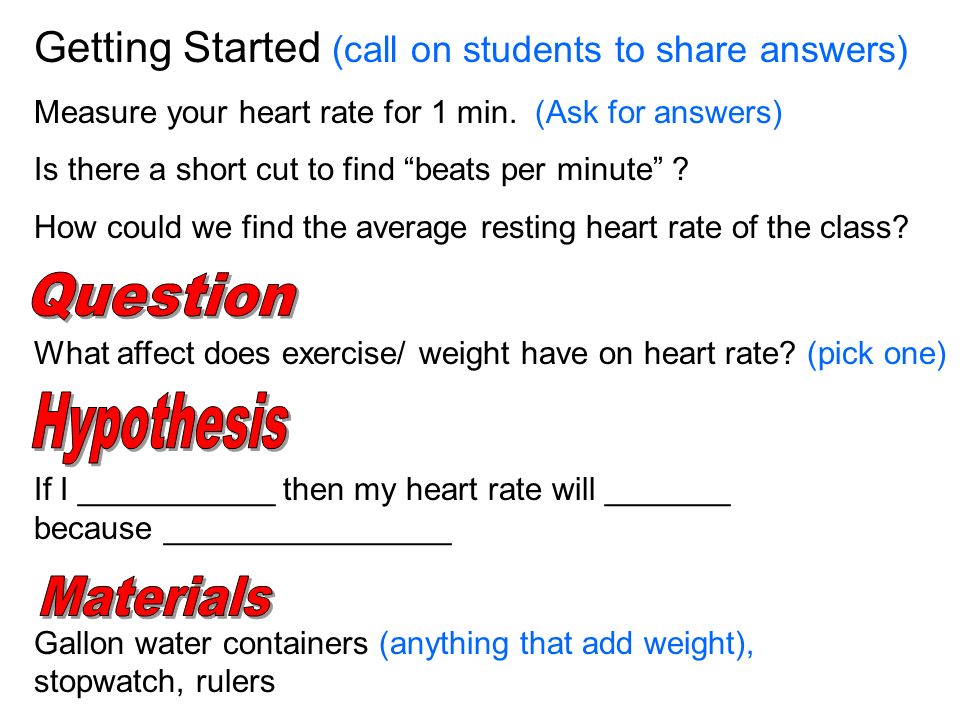 But this is impossible, because, first of all, this is a problem of society. Unfortunately, the situation has changed little over 100 years, and there is no awareness of the value of health either in our society or in the family. Therefore, the school cannot and should not solve this problem alone, although it can do a lot. Thirdly, the established system of education in Russia, the traditional Russian education system is a huge system of knowledge, consisting of a large number of sciences. Even 130 years ago, K. D. Ushinsky wrote: “There is no teacher now who would not complain about the small number of hours at school.” For 100 years, the teaching methods, technologies and organization of the educational process no longer corresponded to the functional capabilities of the child. Parents and society themselves load children beyond measure. The requirements of the school are becoming more and more stringent, and the child, due to the limited functionality, cannot cope with these requirements.
But this is impossible, because, first of all, this is a problem of society. Unfortunately, the situation has changed little over 100 years, and there is no awareness of the value of health either in our society or in the family. Therefore, the school cannot and should not solve this problem alone, although it can do a lot. Thirdly, the established system of education in Russia, the traditional Russian education system is a huge system of knowledge, consisting of a large number of sciences. Even 130 years ago, K. D. Ushinsky wrote: “There is no teacher now who would not complain about the small number of hours at school.” For 100 years, the teaching methods, technologies and organization of the educational process no longer corresponded to the functional capabilities of the child. Parents and society themselves load children beyond measure. The requirements of the school are becoming more and more stringent, and the child, due to the limited functionality, cannot cope with these requirements. The state of health of a child is a whole complex of characteristics, including: physical health; mental health; favorable social and psychological adaptation. In this regard, the question arises: “Are we harming or not harming our child?”, Since the conditions for teaching a child at school leave much to be desired. nine0009
The state of health of a child is a whole complex of characteristics, including: physical health; mental health; favorable social and psychological adaptation. In this regard, the question arises: “Are we harming or not harming our child?”, Since the conditions for teaching a child at school leave much to be desired. nine0009
The above facts require a revision of teaching loads, the active introduction of health-saving technologies in the educational process of the educational space. It should be noted that the task facing society today of forming a new paradigm of education entails the need to create pedagogical technologies that form a special atmosphere of ethical and aesthetic attitude to people, the world around them, and culture. The range of disciplines responsible for the spiritual, moral and physical education of the development of children and youth within the framework of the pedagogical interdisciplinary space needs to be substantially revised. nine0009
We believe that the introduction of the discipline "Sports dance" into the programs of educational institutions of all degrees can become one of the effective means of achieving the aforementioned goals.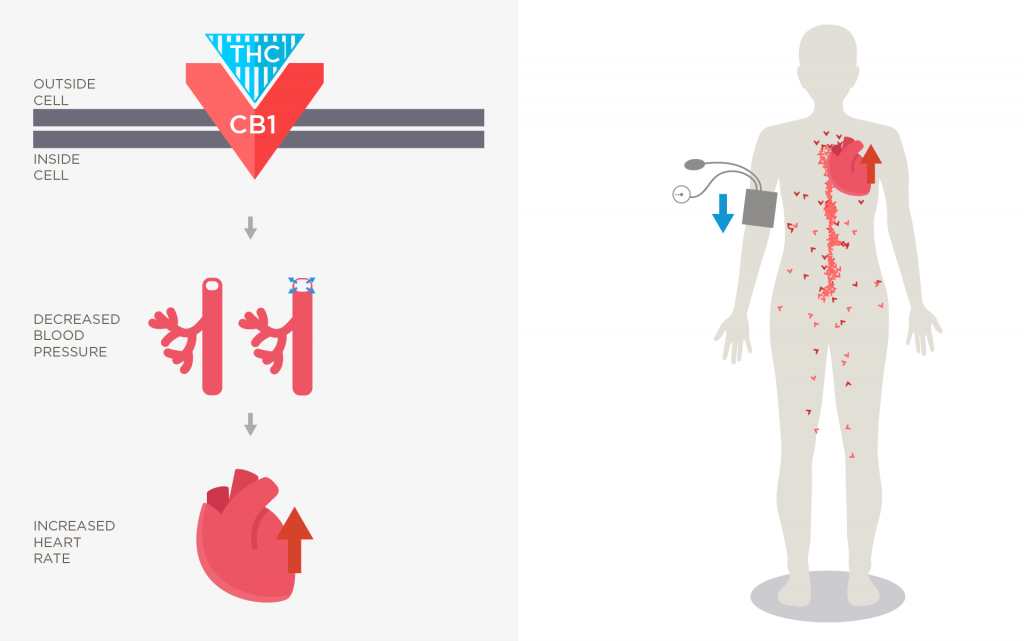 My position is based on a deep conviction that sports dance has the widest range of educational, ethical, aesthetic, and health-improving effects on the development of schoolchildren.
My position is based on a deep conviction that sports dance has the widest range of educational, ethical, aesthetic, and health-improving effects on the development of schoolchildren.
Dancesport is one of the best natural and affordable types of health-saving technologies. The relevance of dancing classes lies in the fact that many of today's children have big problems with posture, with physical endurance, low performance, poor coordination. One of the adverse factors affecting the health of children and adolescents involved in the educational process is their low mobility, static nature. Two physical education lessons a week are clearly not enough. Integration into the educational space of alternative forms of motor activity (choreography, dance, rhythm) meets the modern foundations of health-saving pedagogy. nine0009
Sports dances are characterized by a variety of different movements. Movements accompanied by musical accompaniment double their healing potential.
Properly organized dance classes improve plasticity, develop an ear for music and a sense of rhythm, train and harden the functional systems of the body. Choreography and dancing classes contribute to the improvement of the nervous system, a positive shift in its condition [8]. This is due to a powerful flow of afferent impulses, changes in the internal environment of the body. Sound rhythm, musical synchronization have a beneficial effect on the heart rate, depth and frequency of breathing. nine0009
Choreography and dancing classes contribute to the improvement of the nervous system, a positive shift in its condition [8]. This is due to a powerful flow of afferent impulses, changes in the internal environment of the body. Sound rhythm, musical synchronization have a beneficial effect on the heart rate, depth and frequency of breathing. nine0009
Sports dance plays an important role in the education of young people. This is due to its versatility, it combines the means of musical, plastic, sports and aesthetic development and education.
As you know, music is the rhythmic basis of any dance, but its role is far from limited to rhythm. Music creates an emotional basis, determines the nature of the dance, its development. The connection between music and gesture, music and movement is organic to human nature. The education of music in dance is active, it causes a dance action, i.e., due to one or another choreographic figurative form, organized in time and space. In this creative activity lies the features of musical and plastic education - one of the tasks of teaching ballroom choreography. The ability to listen and understand the figurative language of music, to understand the basic forms and expressive means, to move easily and naturally in the rhythm of certain music, to enjoy its beauty - dance teaches all this. nine0009
The ability to listen and understand the figurative language of music, to understand the basic forms and expressive means, to move easily and naturally in the rhythm of certain music, to enjoy its beauty - dance teaches all this. nine0009
Mastering ballroom dancing, like any other type of choreography, is associated with a certain body training. Therefore, training involves special training sessions built on the basic provisions, positions and elements of ballroom dancing. These training sessions and the actual performance of ballroom dancing provide a significant sports and physical load. It is no coincidence that even in ancient Greece there were great opportunities for dance in the physical development of young people. A feature of the dance is the harmonious development of the body, without hypertrophy of certain muscles. nine0009
Systematic dance classes at primary school age develop a figure, help to eliminate a number of physical defects, develop a correct and beautiful posture, give a person's appearance composure and elegance. Dance teaches logical, expediently organized, and therefore graceful movement. These qualities of dance raise the importance of teaching ballroom choreography in the system of additional education.
Dance teaches logical, expediently organized, and therefore graceful movement. These qualities of dance raise the importance of teaching ballroom choreography in the system of additional education.
Ballroom dance has a great influence on the formation of a person's internal culture. Ballroom dancing is organically linked with the assimilation of ethical norms, it is unthinkable without the development of a high culture of communication between people. Self-control, impeccable courtesy, sense of proportion, simplicity, modesty, attention to others, their mood, goodwill, friendliness - these are the traits that are brought up in students in the process of dancing and become integral in everyday life. So dance classes help to educate a person's character. nine0009
Since the educational process takes place in a team and is of a collective nature, dance classes develop a sense of responsibility towards comrades, the ability to take into account their interests.
Ballroom dance is one of the means of aesthetic education and education of creativity in a person.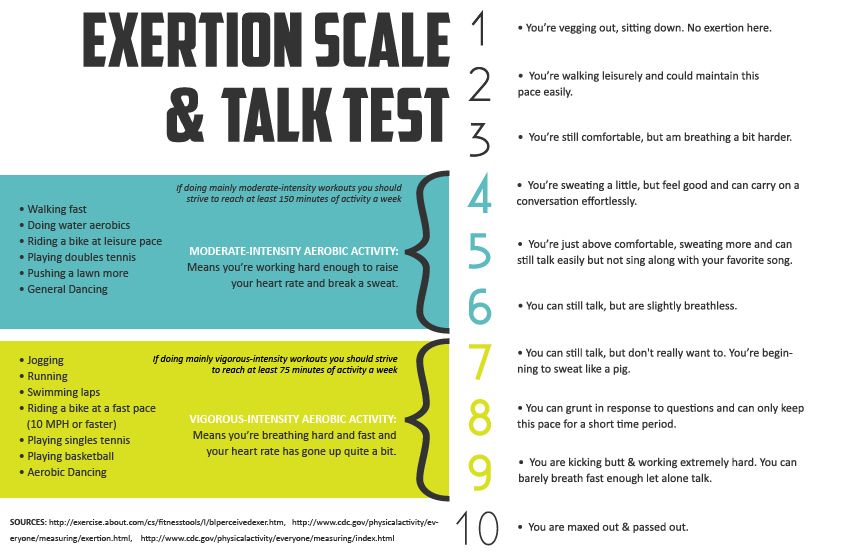 Like any art, ballroom dancing can bring deep aesthetic satisfaction. A person who dances well experiences a unique feeling from the freedom and ease of his movements, from the ability to control his body, he is pleased with the accuracy, beauty, plasticity with which he performs complex dance steps, etc. All this in itself already serves as a source aesthetic satisfaction. nine0009
Like any art, ballroom dancing can bring deep aesthetic satisfaction. A person who dances well experiences a unique feeling from the freedom and ease of his movements, from the ability to control his body, he is pleased with the accuracy, beauty, plasticity with which he performs complex dance steps, etc. All this in itself already serves as a source aesthetic satisfaction. nine0009
In the art of dance, beauty and perfection of form are inextricably linked with the beauty of the inner content of the dance. This unity contains the power of its educational impact. The performance of dance, including ballroom dance, carries elements of artistic creativity. The dancer seeks to express his mood, emotions in a beautiful, aesthetically perfect form of dance, shows his inner qualities, expresses his worldview.
Active, creative, awakening the artistic principle in a person is the very process of learning to dance. Mastering the dance vocabulary, a person does not just passively perceive the beautiful, he overcomes certain difficulties, does a certain amount of work to make this beauty accessible to him.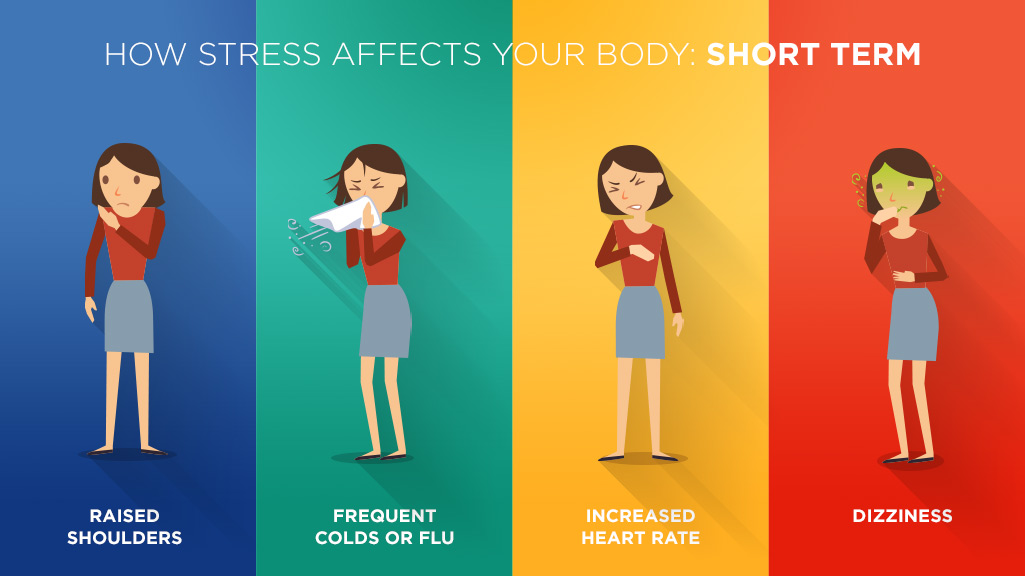 Having known beauty in the process of creativity, a person deeply feels beauty in all its manifestations: both in art and in life. His artistic taste becomes more subtle, aesthetic assessments of the phenomena of life and art become more mature. nine0009
Having known beauty in the process of creativity, a person deeply feels beauty in all its manifestations: both in art and in life. His artistic taste becomes more subtle, aesthetic assessments of the phenomena of life and art become more mature. nine0009
Ballroom dance is an effective means of organizing leisure time for children and youth, a cultural form of recreation. Dancing art, giving an outlet to the energy of youth, fills it with vivacity, satisfies a person's need for a holiday, a spectacle, a game. Ballroom dance also acts as a means of mass communication between people, it makes it possible to spend time meaningfully, get to know each other, make friends.
The work of a sports dance teacher - an educator of a sense of beauty in people - is honorable and difficult. nine0009
Along with teaching dance, the skills of beautiful movement, the teacher forms a taste, a selective attitude to the dance and musical repertoire. The professional training of the teacher, his choreographic qualifications determine the possibilities of the entire creative process, the requirements for which are very high.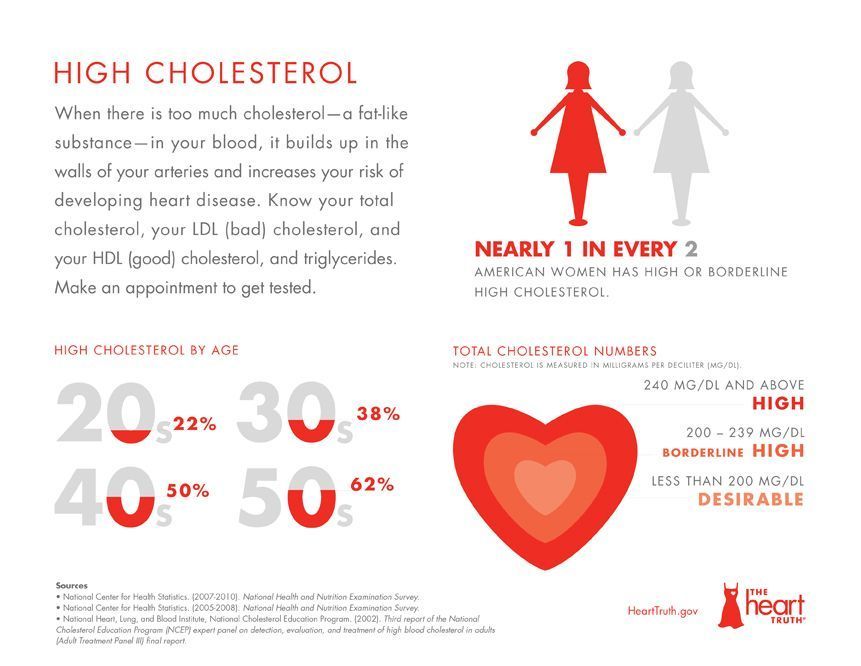
The ballroom dance ensemble differs from other forms of ballroom dance training in that dances are performed in it in a compositionally developed form and here the leader acts as a choreographer who must have ballet master skills. nine0009
The most effective form of improving performance culture in mass choreography is the very process of learning to dance.
The process of learning to dance requires a lot of time and attention. This requires, first of all, the observance of such a condition as continuity in education, from kindergarten to youth teams.
The need for musical and plastic activities is felt already from the age of 7–9, when the child's psychophysical apparatus is not only the most predisposed for such activities, but also needs them. Distortions common in children and, as a rule, do not occur at all during systematic dance classes. nine0009
Of particular importance for children is the development of coordination, the most complex process at this age. The possibilities for developing coordination in dance classes are almost unlimited.
At school age, the skills of behavior in society, the foundations of a culture of communication are laid, as well as an artistic taste and interest in music and dance.
The introduction of the discipline "Sports dance" can serve as an effective means of solving such a problem of training and education as the formation of a person's psycho-emotional sphere. The psycho-emotional sphere, the main one that determines the inner world of a person and his actions, has a direct impact on the development of his communication abilities, the disclosure of the whole variety of personality traits, and the improvement of his physical, spiritual and moral health. nine0009
Thus, sports dance classes are of great importance in the educational process, acting as a health-saving technology in the educational space. In addition to the fact that sports dancing classes give grace to the emerging child's posture, and also have a positive effect on general physical health, developing flexibility and plasticity, they contribute to the formation of physical, mental, spiritual and moral health in students, educate them in a culture of health, motivation to lead healthy lifestyle. nine0009
nine0009
Sports dance, integrated with physical education lessons, provides opportunities for physical education as a set of actualized values of physical culture, adequate to the interests, inclinations, needs, potentialities of schoolchildren. In the process of practicing sports dancing, students acquire the necessary skills to control their body, which contributes to the development of a culture of physical movements.
Literature:
1. Bobyr A. Take care of your back. / / Modernization: a step into the future: an appendix to the Teacher's newspaper. Issue No. 2. — P.17. nine0009
2. Bulich E., Muravov I. From understanding the essence of health to its diagnosis and targeted stimulation.//Valeology. No. 1, 2004. — P.4–12.
3. Hygienic assessment of schoolchildren's learning conditions / Compiled by: N. V. Anisimov, E. A. Karashvili. — M.: TTs Sfera, 2002.
4. Nover Zh. Zh. Letters about dance. — M., 2007. http://dance-composition.ru/publ/zhan_zhorzh_noverr_quotpisma_o_tance_i_baletakhquot/zhan_zhorzh_noverr_quotpisma_o_tance_i_baletakhquot/3–1-0–15
5.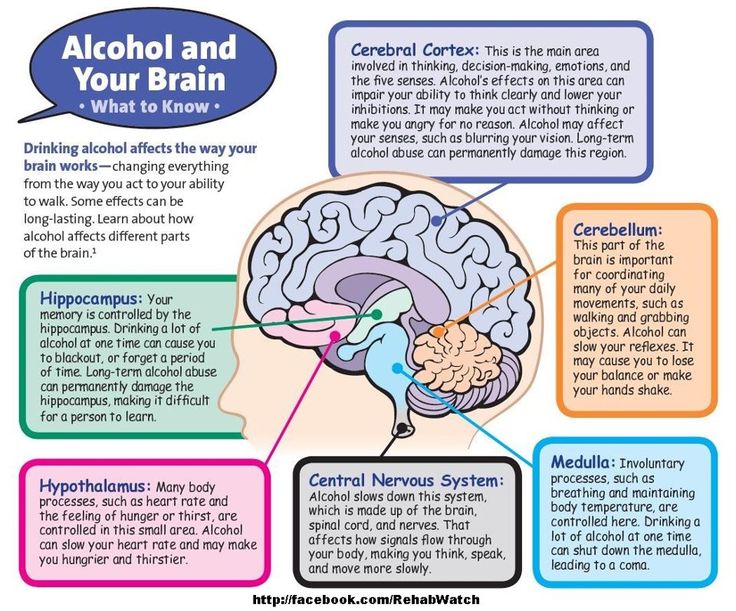 Ponomarev Ya. Psychology of creativity and pedagogy. - M., 2010. - 304s. http://besage.ru/lichnostnyj-rost/knigi/ponomarev-yaa-psixologiya-tvorchestva.html
Ponomarev Ya. Psychology of creativity and pedagogy. - M., 2010. - 304s. http://besage.ru/lichnostnyj-rost/knigi/ponomarev-yaa-psixologiya-tvorchestva.html
6. Raoul-Auger Foyer. Choreography or the art of recording dance. - M., 2010. http://www.danc.ru/topic36.html
7. Modern technologies for improving the health of children and adolescents in educational institutions: a guide for doctors. / Comp. V. R. Kuchma, L. M. Sukhareva and others - M., 2002.
8. Sokratov N. V., Korneva I. N., Feofanov V. N. et al. Modern technologies for preserving and strengthening the health of children: a textbook. - M., 2003.
9. Shubinsky V. Pedagogy of students' creativity. - M.: Knowledge, 1988. -126 p.
Basic terms (automatically generated) : ballroom dance, dance, dance, Russia, sports dance, children's health, ballroom choreography, spiritual and moral health, educational space, the last century. nine0009
Health benefits of dancing | RBC Style
Zdorovye
Shot from the film "Pulp Fiction"
Natalya Germanovich
August 08, 2021
We will tell you why dancing is sometimes more useful than regular fitness, and what effect dance exercises have on the body and mind
We are all looking for ways to feel healthier, more energetic and happier.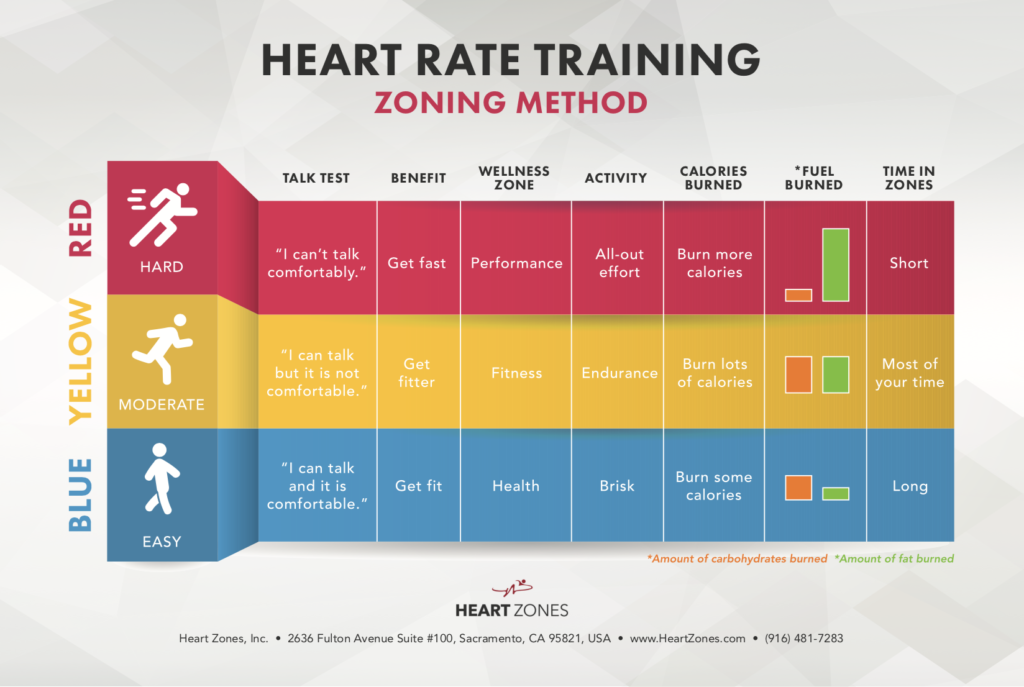 According to research by Japanese scientists, dancing is the most effective exercise that helps maintain not only physical but also psychological health. For eight years, experts have observed 1,000 women who practiced yoga, walking, rhythmic gymnastics and other sports. It turned out that 73% of those who practiced dancing specifically had the highest health scores compared to other participants in the study who chose other sports. [nineteen0009
According to research by Japanese scientists, dancing is the most effective exercise that helps maintain not only physical but also psychological health. For eight years, experts have observed 1,000 women who practiced yoga, walking, rhythmic gymnastics and other sports. It turned out that 73% of those who practiced dancing specifically had the highest health scores compared to other participants in the study who chose other sports. [nineteen0009
The main advantage of dancing is that people of any age and any build can do it. Tap or twerk - you can choose any dance rhythm. “Bonuses” from these classes can be felt already in the first week of classes.
How to choose a dance?
Advertising on RBC www.adv.rbc.ru
In addition to aesthetic and musical criteria, physical activity should also be taken into account in dancing. On average, a person is able to burn 250-400 kcal per hour of training. But it depends on the intensity of the movements and the style of the dance. Step is one thing, in which the lower body is more actively involved, and acrobatic types, where all muscle groups work, are quite another. nine0009
Step is one thing, in which the lower body is more actively involved, and acrobatic types, where all muscle groups work, are quite another. nine0009
How many calories are spent on dancing:
- pole dance — 800 kcal/hour [2]
- jazz-modern/jazz-funk — up to 600 kcal/hour — [3]
- breakdance — 650 kcal/hour [4]
- twerk — 480 kcal/hour [5]
Such intense exercise is suitable for healthy people who may have already had or already have experience in sports.
Beginners who still want to move actively are more suitable:
- classical ballet - 429kcal/hour [6]
- tap dance — 394 kcal/hour [7]
- latin dances — 343 kcal/hour [8]
Do not write off the classics. Waltz and foxtrot on average will help to spend 283 kcal / hour. This is an ideal load for people who have limitations associated with the state of the body.
In any case, both fast and slow movements reduce the heart rate, burn calories and help improve the functioning of the body. [9]
[9]
A frame from the movie "Dirty Dancing"
© kinopoisk
What else is dancing good for?
Increases the overall tone of the body
Dancing, we use a large part of the body, so this hobby can easily replace routine cardio training. Since a sedentary lifestyle reduces the health of the cardiovascular system (according to WHO, a person should move at least 150-300 minutes a week, but more is better [10]), dancing helps reduce the risk of getting hypertension, as well as problems with the heart and blood vessels. [11]
More strength appears
Constant fatigue and drowsiness have a negative impact on the quality of life. According to a 2017 study, weekly dance classes make adults more energetic. And if you increase the load to 150 minutes a week, this will reduce the risk of insomnia. Physical fatigue contributes to rapid sleep. [12]
The brain begins to work better
Dancing stimulates several parts of the brain at once, because it makes you focus on the constant movement of the body in space and on memorizing dance patterns. First, this is how we develop coordination. Secondly, long-term memory and cognitive abilities are improved. Studies have confirmed that dancing helps the growth of "white matter", which helps the brain perform these functions smoothly. [13]
First, this is how we develop coordination. Secondly, long-term memory and cognitive abilities are improved. Studies have confirmed that dancing helps the growth of "white matter", which helps the brain perform these functions smoothly. [13]
Thirdly, it reduces the risk of dementia and Parkinson's disease in old age. Dancing also helps develop new neural connections that are responsible for orientation in space and the executive functions of the brain: concentration, planning, cognitive inhibition, and any other decision-making activities. [14]
Mental and emotional well-being improves
Through dancing, the body produces “happy hormones” – serotonin and oxytocin. The first is formed due to physical activity, and the second is when we begin to feel that we are getting dance moves. nine0009
All these chemical processes, as well as music, rhythm, monotonous repetitions of movements, help to get rid of unpleasant obsessive thoughts that often lead a person into a state of anxiety and increase the risk of depression. University of Hertfordshire psychology professor Peter Lovatt, in his book Dance psychology: the science of dance and dancers, claims that a person receives a charge of good mood while dancing, enough for a week. [15]
University of Hertfordshire psychology professor Peter Lovatt, in his book Dance psychology: the science of dance and dancers, claims that a person receives a charge of good mood while dancing, enough for a week. [15]
A still from the movie "Chicago"
© kinopoisk
Self-esteem rises and feelings of loneliness go away
Dancing is social entertainment. Starting classes, you get to know a large number of like-minded people. Regular training not only improves the physical and psychological state, but also helps a person to express himself, remove psychological blocks, and liberate himself. Sometimes, some people are the only way to throw out their emotions. Such a hobby, indeed, can strengthen self-esteem and help to believe in yourself. [16]
What is important to consider before starting to dance?
In dancing, as in any other sport, precautions must be taken to minimize the risk of injury.
- Before you start exercising, stretch to warm up your muscles.


